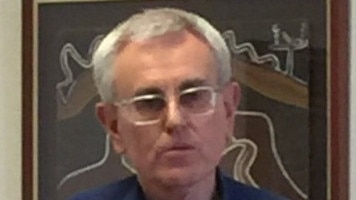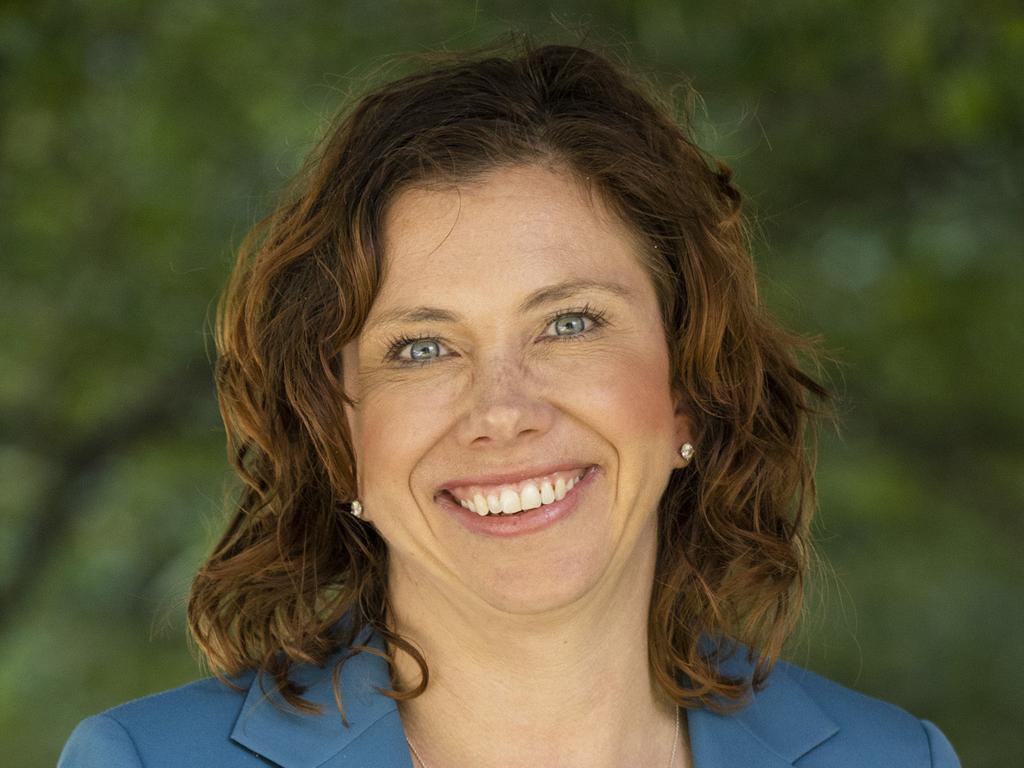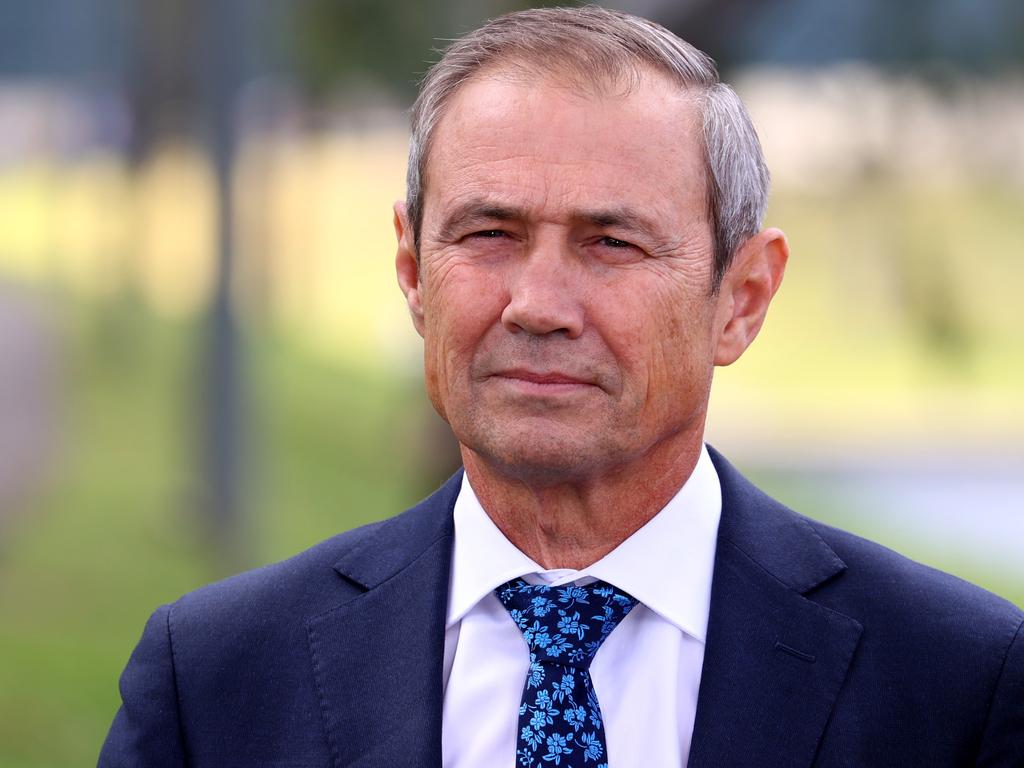Indigenous policy researcher calls for change to Closing the Gap agreement
The commitment to reduce disparity through the Closing the Gap agreement is almost certainly destined for failure in its current form, according to Indigenous policy researcher Michael Dillon.

The commitment by all Australian governments to reduce disparity between Indigenous and non-Indigenous Australians through the Closing the Gap agreement is almost certainly destined for failure in its current form, according to Indigenous policy researcher Michael Dillon.
The redesigned Closing the Gap agreement struck in 2020 is considered by many to be the most obvious road map for Indigenous affairs since the resounding defeat of the voice referendum on October 14.
Signed by all state, territory and federal governments, it is starkly different to the initial decade-long Closing the Gap agreement. Just two of the seven Closing the Gap targets set in 2008 – early childhood education and year 12 attainment – were achieved.
Ambitions failed in targets for school attendance, child mortality, employment, life expectancy and literacy and numeracy targets. The new, expanded agreement was a commitment to make decisions jointly with Indigenous communities to meet 17 targets by 2030.
However, a draft review published by the Productivity Commission in July found this was not working. While the recast Closing the Gap agreement is a promise to work with Indigenous people and to change the way bureaucracies operate, the draft report said governments had taken a business-as-usual approach in Indigenous affairs. They had even relabelled old practices to pass them off as new.
Mr Dillon, a former senior bureaucrat and a visiting fellow at the Centre for Aboriginal Economic Policy at the Australian National University, has urged the Productivity Commission to examine whether the three-year-old agreement itself needs to change.
For example, the agreement commits government agencies to weed out racism and make sure workplaces are culturally safe. However, Mr Dillon argues these are actions that will not get to the heart of Indigenous disadvantage and claims that “measuring important but incidental issues such as levels of racism within agencies as the metric of success is a recipe for failure and non-performance”.
“I think the national agreement was a huge achievement for Indigenous interests,” Mr Dillon told The Weekend Australian.
“However, it is going to bog down unless there is a fundamental assessment of its fitness for purpose going forward.”
The current Closing the Gap agreement was struck by former prime minister Scott Morrison after long negotiations between governments and the Coalition of Peaks, an alliance that has grown to about 80 Indigenous organisations led by Pat Turner.

The 17 targets are predicated on four priority reforms; formal partnerships and decision making with Indigenous people, building the community-controlled sector, transforming government organisations and shared access to data and information at a regional level.
Mr Dillon describes the agreement’s current framework as “an overwhelmingly complex and convoluted bureaucratic maze, deliberately designed (in my view – drawing on my own experience as a bureaucrat at both commonwealth and state levels) to ensure governments cannot and thus will not be held accountable for failure while giving the appearance of action”.
“Second, the designation of multiple poorly designed and framed targets would inevitably divert governments into unproductive work and away from focusing on important priorities that are not listed, and thus reinforce the likelihood that the overarching process of using the agreement to progress closing the gap would fail,” he said.
“Taken together, both factors would almost certainly guarantee ongoing failure.”







To join the conversation, please log in. Don't have an account? Register
Join the conversation, you are commenting as Logout